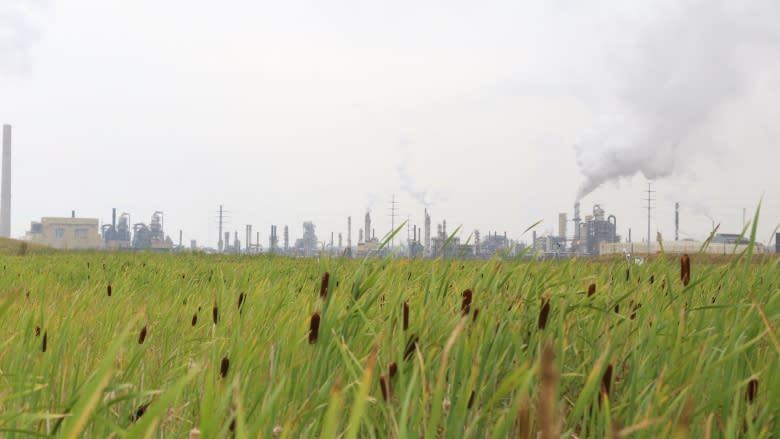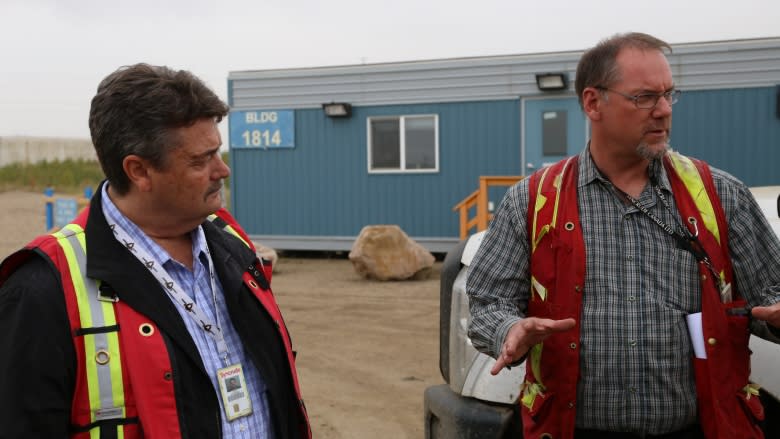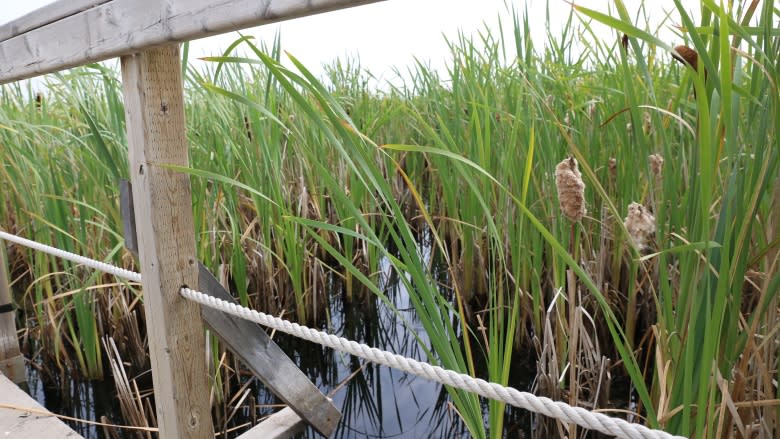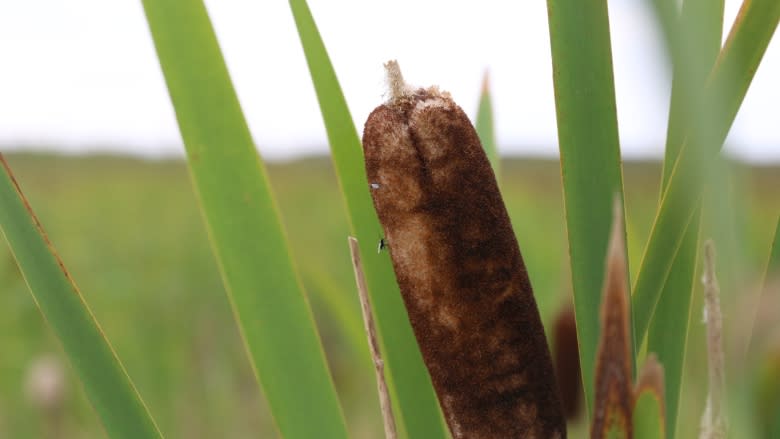From oilsands mine to wetland: Is Syncrude's reclamation experiment working?
Like a huge cookie cutter, the excavator lifted a frozen slice of wetland to reveal centuries-old layers of peat and soil.
Eric Girard had no idea at the time whether the science experiment would even work, whether Syncrude could actually transplant that piece of wetland to a former oilsands mine and have it regrow.
The goal was to study ways to reclaim an open-pit mine and turn it back into a healthy wetland, said Girard, an agrologist and vegetation specialist with Fort McMurray-based energy company.
"It [was] all new," he said. "Because you are trying techniques no one has ever tried."
Half a decade after the work started, Girard and his team said this week they have achieved some success with their multi-million-dollar reclamation project called Sandhill Fen.
The company showed off the fruits of the research to the media this week, and talked about plans to expand and apply the knowledge gained to another site.
But scientists who study Canada's wetland say it might be too early to celebrate.
Lee Foote, who once worked on the Sandhill Fen project, commended the company's efforts but said he doubts Syncrude will ever return portions of its lease into a pristine fen.
"It's not a matter of whether you can snap your fingers and go straight to a complete and intact wetland," said Foote, a professor of wetland ecology and management at the University of Alberta. "The bigger question is, can we go to a surrogate functional wetland that's far better than bare sand, rock and water?"
Wetland science lab
Syncrude's Mildred Lake upgrader north of Fort McMurray is a massive industrial complex of buildings, smokestacks and labyrinthine pipes.
But just five kilometres down the road lies Sandhill Fen, a 17-hectare plot lush with cattails, song birds and dragonflies. Nestled in a watershed, the fen is surrounded by sand-capped hummocks.
As recently as 2000, the area was still an open-pit mine.
Five years ago, Sandhill Fen became Syncrude's outdoor lab, where the company has experimented with regenerating a sustainable watershed, work the Alberta government requires all oilsands lease holders to eventually do.
Wetlands make up about 70 per cent Syncrude's 102,000 hectares of oilsands leases. Girard said the company plans to reclaim about 30 per cent of that land as lakes, bogs, rivers and fens. The rest will be turned into forest.
A fen absorbs water during heavy rains and offers relief to the parched landscape in times of drought. By creating one, Syncrude researchers say they've learned valuable lessons about how much water is needed.
They've also learned about the ideal conditions needed to produce peat, the decomposed plant matter that is a critical component of fens. So far, Girard said, they are only seeing millimetres of peat beginning to form.
"This is a young ecosystem," he said. "This is just the starting of a wetland."
'Go a little bit slower'
Though Foote doubts oilsands companies can fully reclaim wetlands, he said he hopes the companies prove him wrong.
Until then, he would rather see progressive reclamation, where companies can only proceed with more development after they've fully reclaimed the land they've disturbed.
"I would like to see things go a little bit slower," he said. "As we learn more, we are allowed to speed up."
But the University of Alberta researcher said he doubts that will happen.
"Of course, the dollars underground are going to drive people to pursue every last barrel of oil," Foote said. "And that sometimes needs a little bit of push back."
Syncrude declined to say how much it has invested in Sandhill Fen. But in an academic paper, Foote estimated that oil companies would have to spend between $4.3 billion and $12.9 billion to reclaim all the oilsands wetlands.
University of Waterloo researcher Jonathan Price, who works on Suncor's Nikanotee Fen, said the jury is still out when it comes to reclaimed wetlands. Especially given the scale and cost of work required.
"It is intimidating," Price said. "Because when you look at a satellite image and see the speck of area we are working at, and the huge area that needs reclamation, you recognize there are going to be huge challenges ahead."
Nevertheless, he said he's excited about what has been achieved and remains committed to understanding how to design the ideal conditions for fens to thrive.
Syncrude readily admits that a mountain of work remains, and considerable costs still need to be factored in. But Girard said Sandhill Fen is only the beginning.
"I think if anyone who would come here and really take the time to see what was created could see the potential," he said.
Syncrude is confident enough in its science, he said, that next winter the company will use what it is has learned to invest in seeding another 87-hectare wetland and forested area.
Follow David Thurton, CBC's Fort McMurray correspondent, on Facebook, Twitter or contact him via email.






